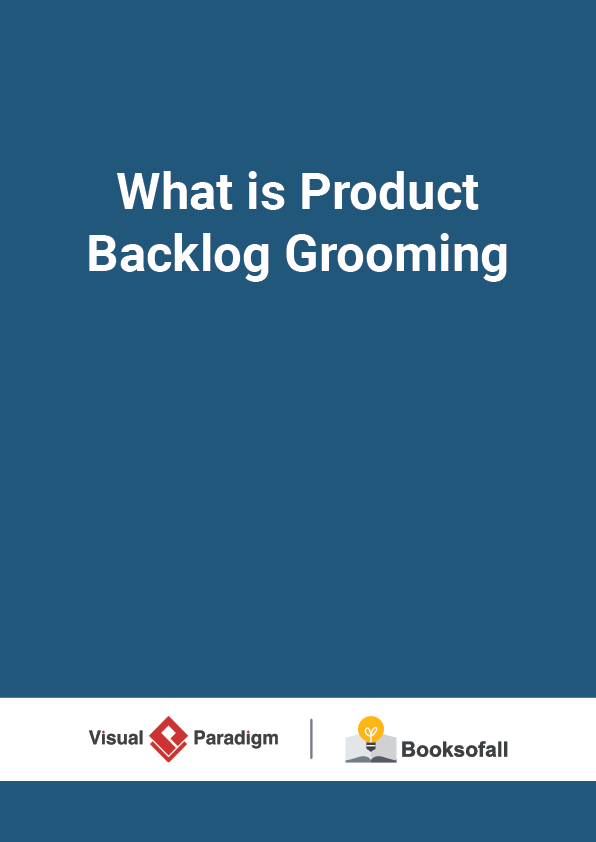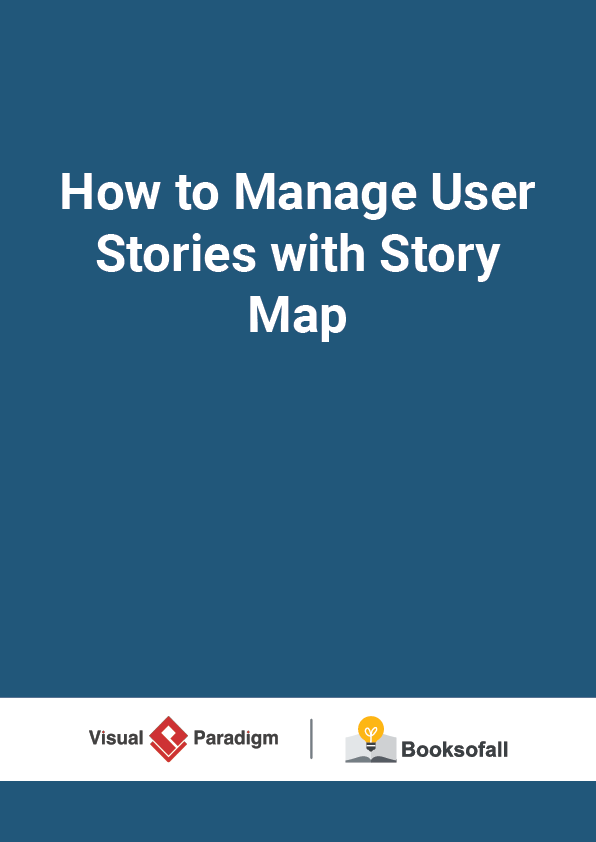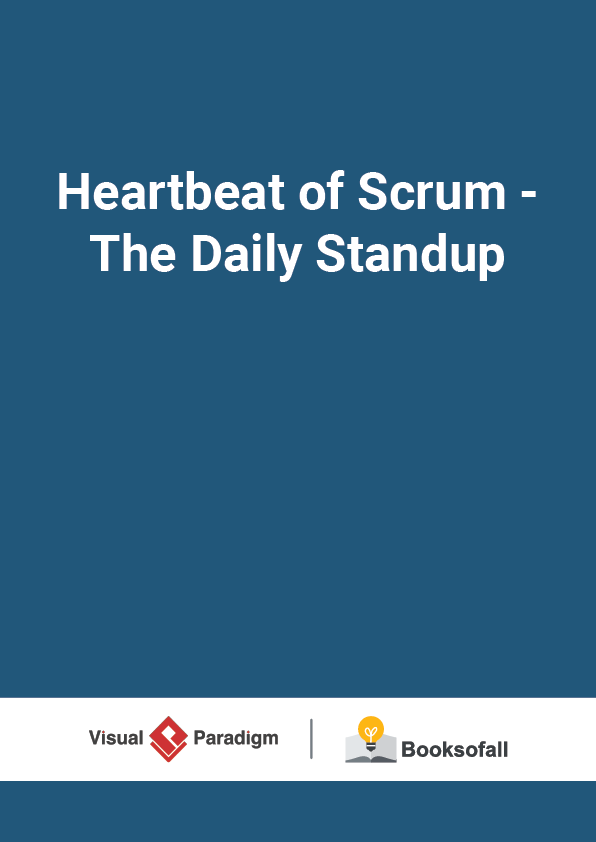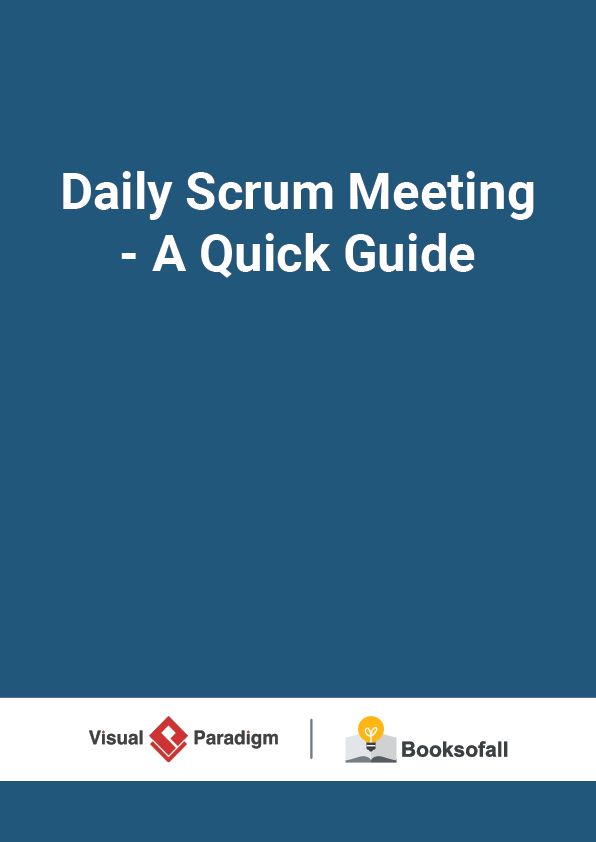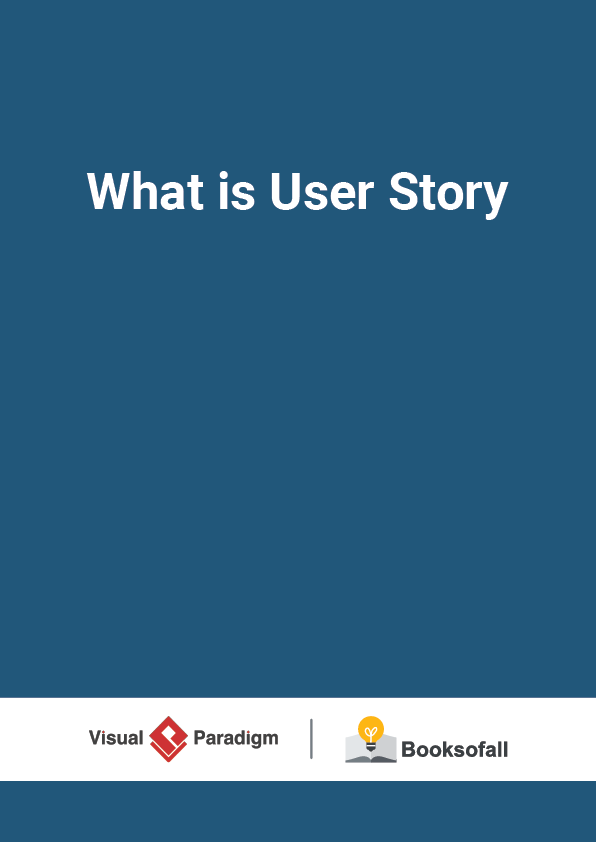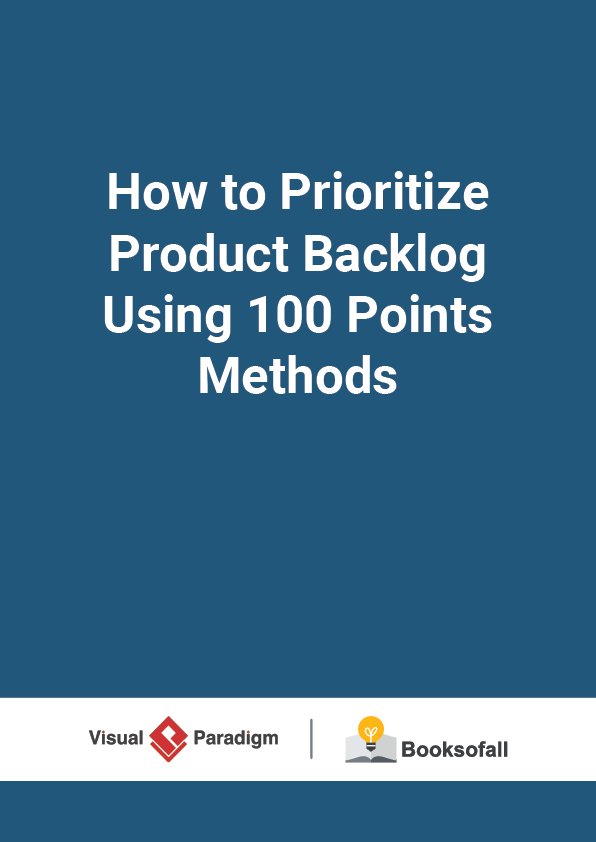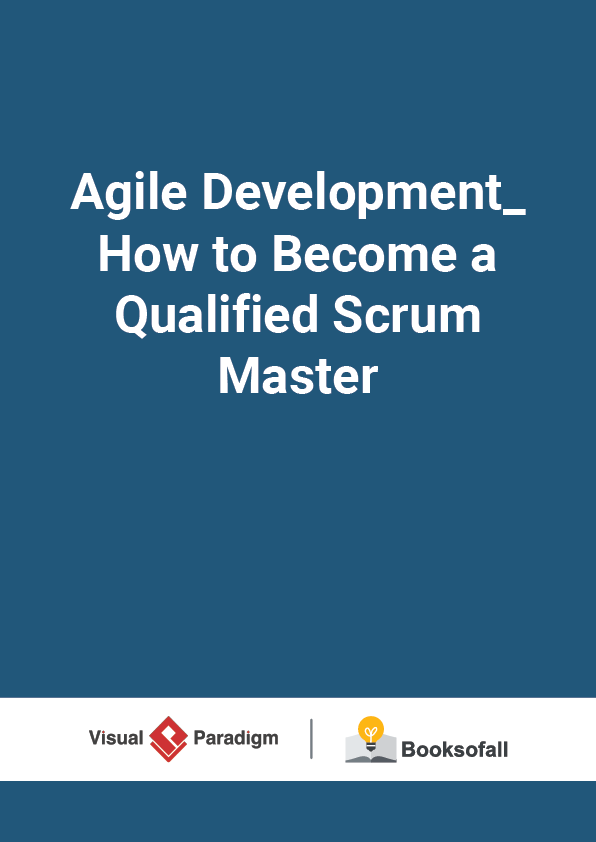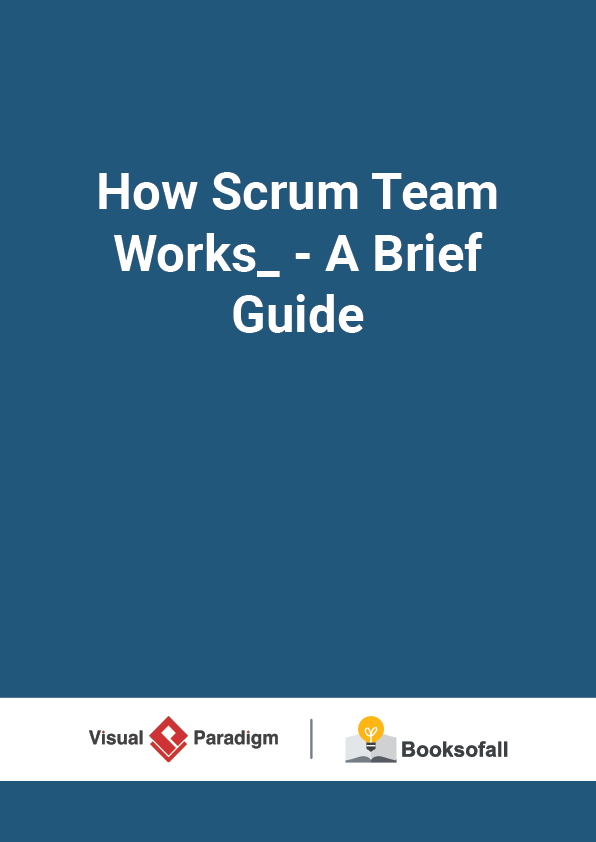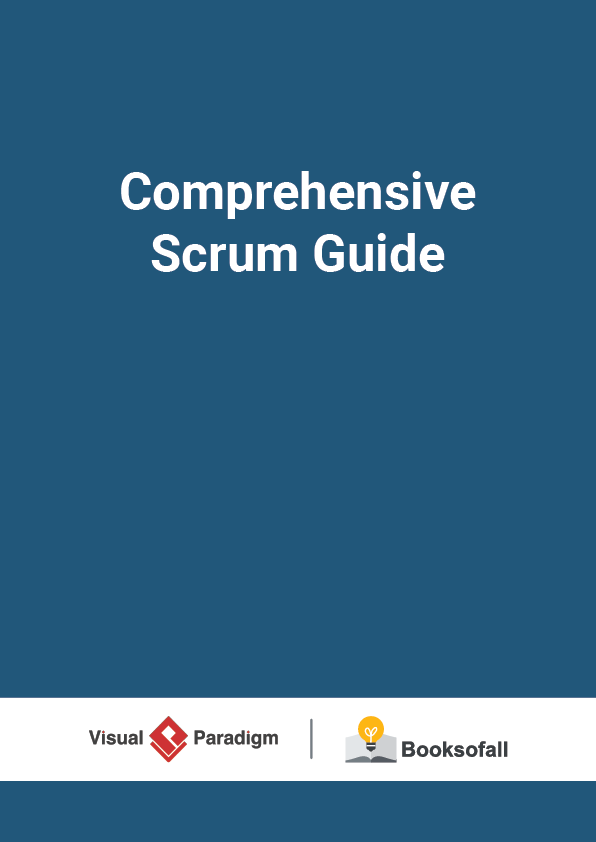What is Product Backlog Grooming?
4-5 minutes
Scrum is a light-weight framework with a minimal set of rules. The rules help people to empirically make the most out of every single day of creating software products.
The product backlog , sprint backlog , and potentially shippable product increment are examples of Scrum artifacts .
- Product Backlog
- Sprint Backlog
- Increment (Potentially Shippable)
Product Backlog
Product Backlog is simply a list of all things that needs to be done within the project. It replaces the traditional requirements specification artifacts. These items can have a technical nature or can be user-centric, and typically in the form of user stories.
Sprint Backlog
The sprint backlog is the list of refined product backlog items chosen for development in the current sprint , together with the team’s plan for accomplishing the work. It reflect the team’s forecast of what work can be completed. Once the sprint backlog is established, the development team begins work on the new product increment.
Product Increment
Every sprint produces a product increment, the most important Scrum artifact. A product Increment is the “goal line” for each sprint and, at the end of the sprint, it must:
- Be of high enough quality to be given to users
- Meet the Scrum team ‘s current definition of done
- Be acceptable to the product owner
Product increment Product Backlog Grooming
A Scrum product backlog is simply a list of things to do for the project. The Product Owner creates, maintains, and regularly re-orders a list of feature to be implemented for a product for adapting to emerging requirements, customer feedback, and market changes.
Product Backlog Grooming
Groundwork of Product Backlog for Sprint Planning
Product Backlog items at the top of the Product Backlog should be refined and likely to be included soon in next sprint planning . Items further down the backlog need less concrete and can reflect bigger ore more complex ideas. These larger chunks will need to bebroken down into smaller pieces as they approach the top of the Product Backlog as shown in the Figure below as suggested by Gunther Verheyen’s article – The Value of the Product Backlog :
Groundwork of Product Backlog for Sprint Planning
In the product backlog above, product backlog items (PBIs) are classified as three different categories readily for the sprint planning:
- Sprinted Planned: Sprintable
- Groomed: Actionable / user stories
- Future: Epic / Cosmic Stories
By maintaining a well categorized product backlog like the structure above, your teamshould be more readily to proceed to the sprint planning process.
